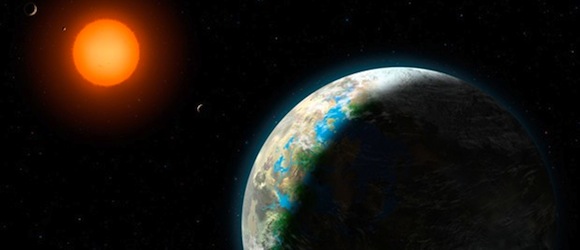At least one NASA researcher who specializes in exoplanet biology, Shawn Domagal-Goldman, thinks so, and told Space.com as much:
“I believe [the Kepler Space Telescope] will find a ‘Goldilocks planet’ within the next two years,” said his statement. “We’ll be able to point at a specific star in the night sky and say ‘There it is — a planet that could support life!” According to Space, he doesn’t seem to be alone in his thoughts at the space agency: NASA is looking into a number of initiatives that would let them get a better look at the atmosphere of these far, far away planets, almost entirely obscured in the light of their far, far away suns.
“We’ve found so many unexpected things about planets that now I expect to be amazed,” says Domagal-Goldman. “When we can study a Goldilocks planet, I believe we’ll discover something revolutionary about how life interacts with a planetary environment. Nature is so much more diverse than we anticipated.
Finesse, short for Fast INfrared Exoplanet Spectroscopy Survey Explorer, would observe the spectra of planets and stars when the planets are in view, and also when they are hidden behind their star. This would allow scientists to separate the composition of the star’s spectra from the planet’s when examining the light shone by the planet for the elements that are reflecting it.
NASA and Google are also exploring a collaboration to launch Tess, Transiting Exoplanet Survey Satellite, whose job would be explicitly to look for extra-solar planets in our “local” area, where local describes 50 lightyears.
So, who’s designing the multi-generational starships?
(via Blastr.)








Published: Apr 4, 2012 11:50 am